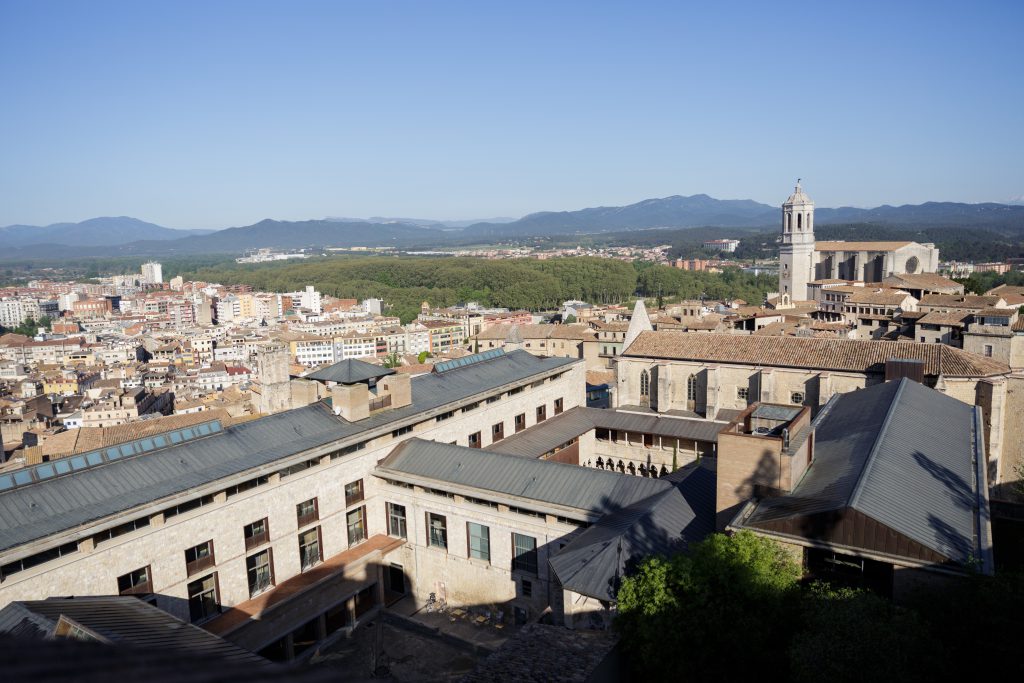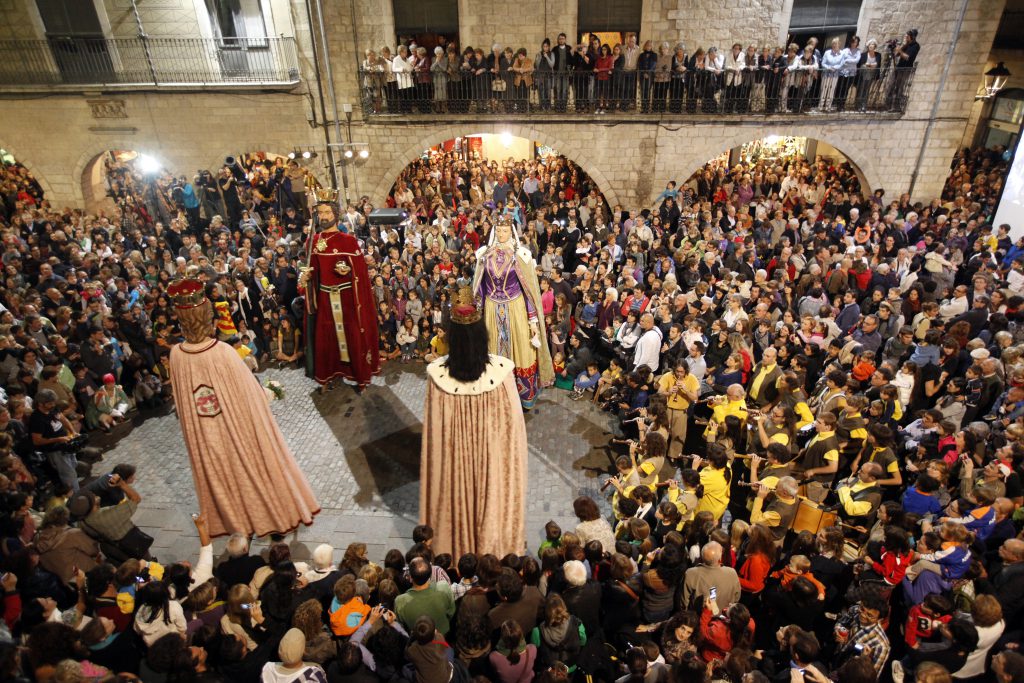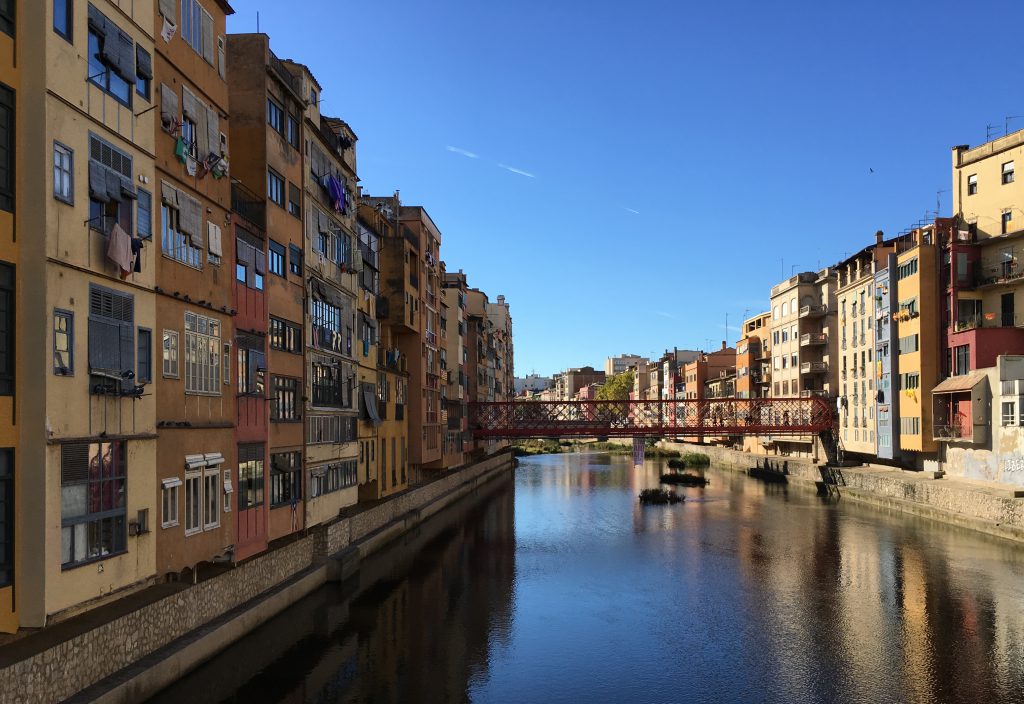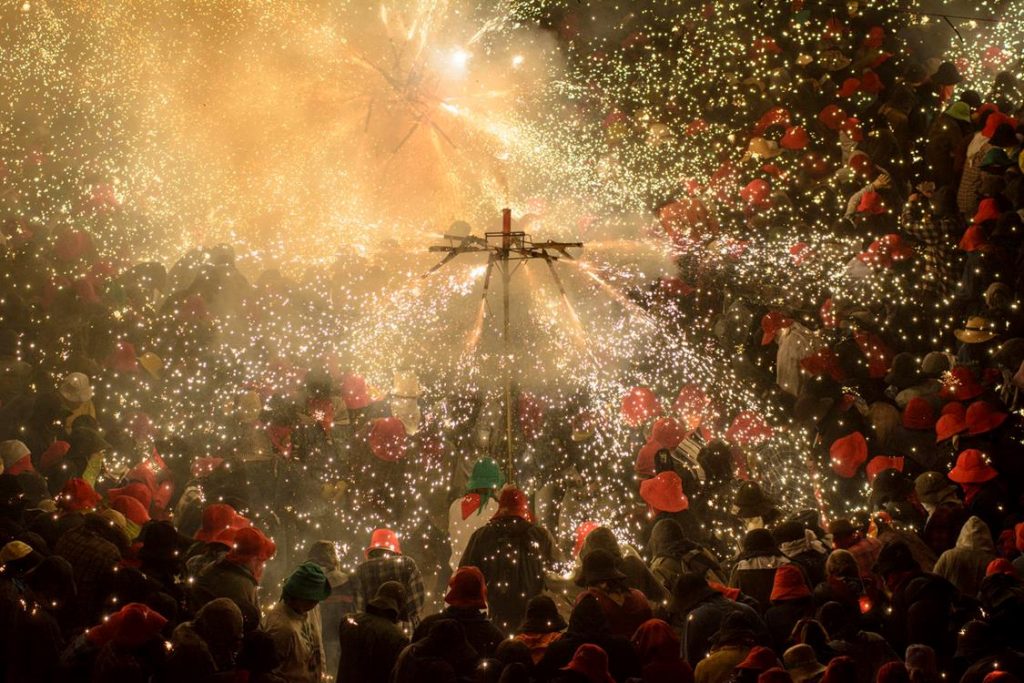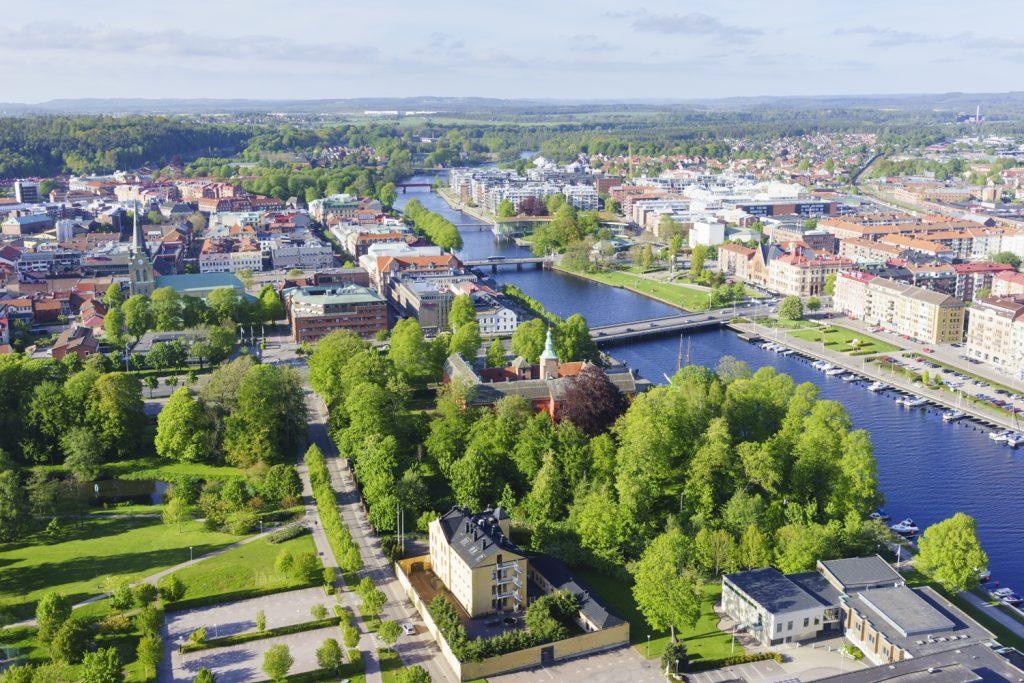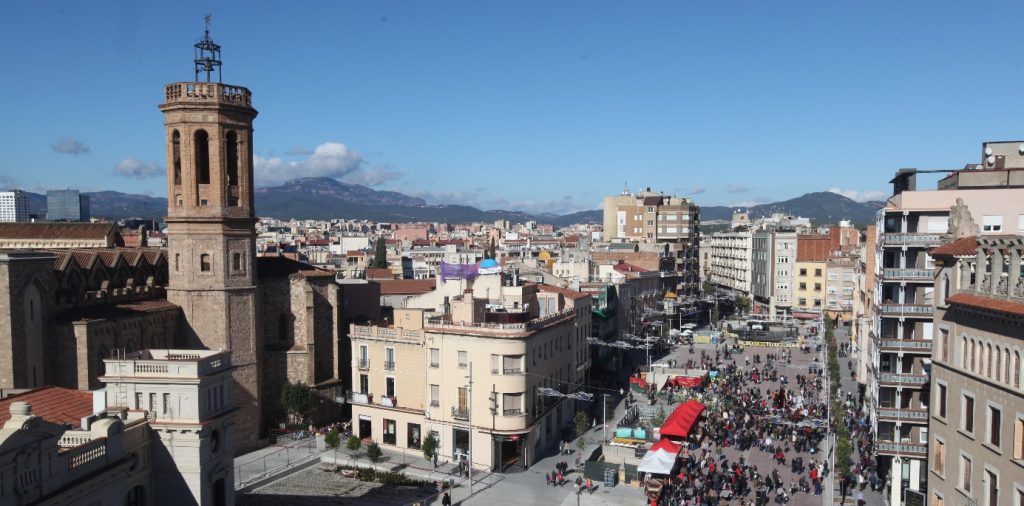
Girona
Girona key facts
Located: 50 km south of the Pyrenees, 30 km west of the Mediterranean and 100 km north of Barcelona.
Forest area in the administrative territory of the city: 42%.
Population (2018): 0-24 years: 28%; 25-64 years: 56%; 65+ years: 16%.
University of Girona: 15.100 students
Gross Value Added: 11% industry, 4% construction, 85% services (Gironès county: 1% agriculture, 17% industry, 5% construction, 77% Services)
Council of Europe – 2016
Girona, awarded Europe Prize of the Parliamentary Assembly of the Council of Europe.
http://www2.girona.cat/ca/alcaldia_relacions_externes_premieuropa
UNICEF – 2016
Girona, accredited with the Child Friendly City Recognition Seal.
http://www2.girona.cat/ca/alcaldia_relacions_externes_unicef
UNESCO – 2013
The “Llibre del Sindicat Remença de 1448” in the Municipal Archive of Girona, inscribed in the Memory of the World Registered heritage.
http://www.girona.cat/sgdap/cat/recurs_remences_memoria.php
Council of Europe – 2004
The European Route of Jewish Heritage, promoted among others by the Call de Girona Municipal Board, certified Cultural Route of the Council of Europe.
Girona is a medium-sized city in the north-east of the Iberian Peninsula, located on the confluence of the River Ter and its tributaries Onyar – with its tributary the Galligants– and Güell. The municipality covers an area of 38.61 km2, and has a population of 100.266 inhabitants. With the surrounding 26 municipalities it forms the county of Gironès, with an area of 575.6 km2 and a population of 190.786 inhabitants.
The local economy is based on the service sector. The number of wage earners working in the city accounts for 129% of the local registered active population. 60% of these people are employed in technological and knowledge-based service sectors. The University of Girona and the Scientific and Technological Park provide qualification, continuous learning, research and technology transfer.
As regards the Catalan language and culture, Girona has maintained its popular cultural traditions such as the Sardana (dance and concerts), giants and ‘capgros’ figures, the ‘fire-run’ and human towers, which take to the streets every year for the festival of Sant Narcís, the city’s patron saint, on 29 October. The city strives to highlight, promote and disseminate its cultural heritage, with representative actions such as visits to the Historic Quarter – Santa Maria cathedral, the church of Sant Feliu, the Jewish quarter– and Girona Municipal Archive’s custody of the Servants’ Union Book from 1448, inscribed in UNESCO’s Memory of the World Register.
Girona is twinned with Reggio Emilia and Albi; it is a member of the Eurotowns network and actively participates in different EU programmes. Internationally, it is twinned with Bluefields and Farsia; it is a signatory of the Charter of Educating Cities and member of the International Association of Educating Cities. Its European and international cooperation activity has been recognised with the Parliamentary Assembly of the Council of Europe’s Europe Prize.
Europe-related annual activities:
- 9 May, Europe Day
- Conference ‘Jornada Lluís M. de Puig Olivé’
- Call for projects ‘Girona Europe Prize Scholarship’ addressed to compulsory secondary education schools of the city of Girona for projects and initiatives of social, educational and solidarity interest that strengthen the ties and feelings of European belonging.
Main annual city events:
- Exhibition ‘Girona Flower Time’, in May.
- City festivities, 29 October-1 November.
Research and Arts:
- Municipal Archive of Girona
- Bòlit Center of Contemporary Art. Girona
- Art on the street http://www.girona.cat/artalcarrer/
External Relations: Networks and projects
What To Do for Visitors: Girona year-round and festivals, historic city, museums, live culture, shopping, nature and sport, sports tourism destination, gastronomy
